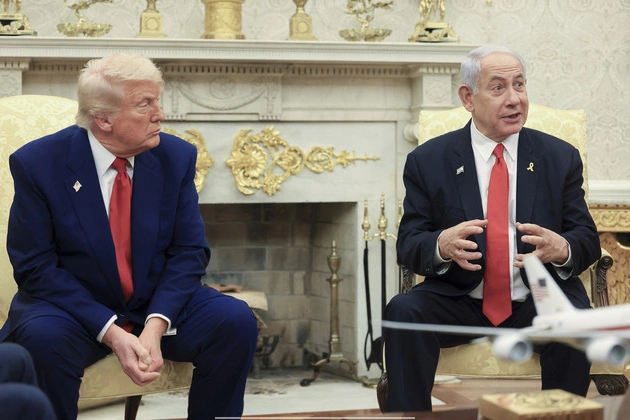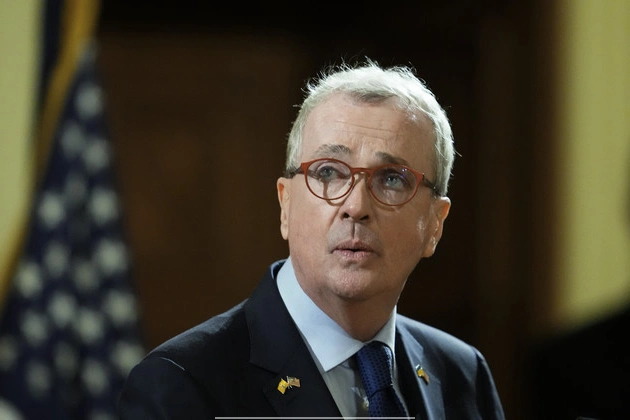
Amidst evolving policies, the distribution of critical U.S. food and medical aid to impoverished nations faces significant challenges. Despite efforts to exempt aid from funding freezes, organizations on the ground struggle to maintain services.
The Struggle for Aid Delivery
Nonprofit organizations delivering aid report payment delays and lack of communication from USAID, leading to disruptions in essential services. The United Nations HIV program, UNAIDS, highlights the devastating impact on public health workers in countries like Ethiopia and Kenya.
Policy Changes and Impact
Recent waivers from Senator Marco Rubio aim to prioritize life-saving drugs, but the lack of health workers complicates distribution. Legal actions by advocacy groups challenge the administration’s aid freeze, citing legal and humanitarian concerns.
Challenges Faced by Aid Providers
The freeze’s ripple effects extend to care for pregnant women and infants, despite exemptions. While memos detail activities allowed to continue, logistical hurdles delay the resumption of crucial programs.
In the midst of bureaucratic reshuffling and funding uncertainties, aid organizations struggle to navigate complex processes to resume operations. The lack of clarity and guidance hampers efforts to deliver aid effectively.
Looking Towards Solutions
As the situation unfolds, clarity and support from U.S. officials become paramount for aid organizations to restart programs efficiently. The need for transparent communication and operational guidance is essential to overcome the current challenges.















